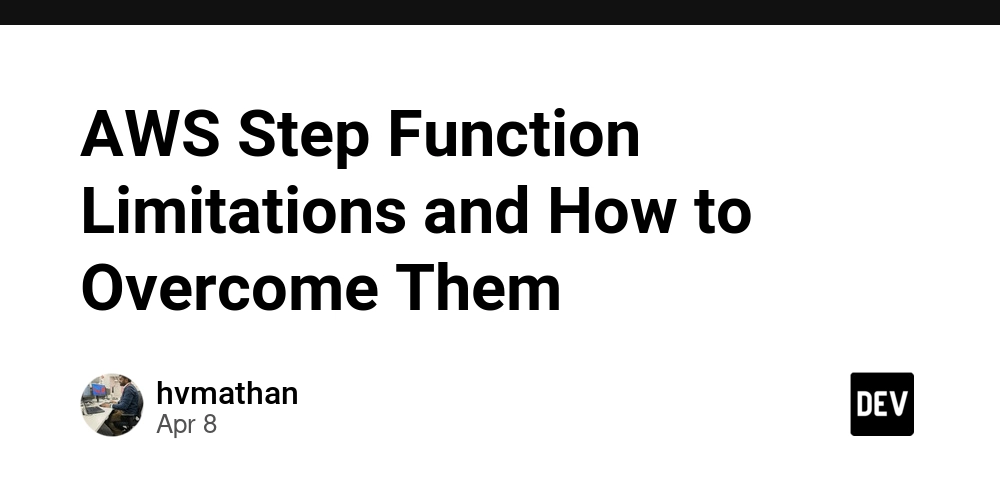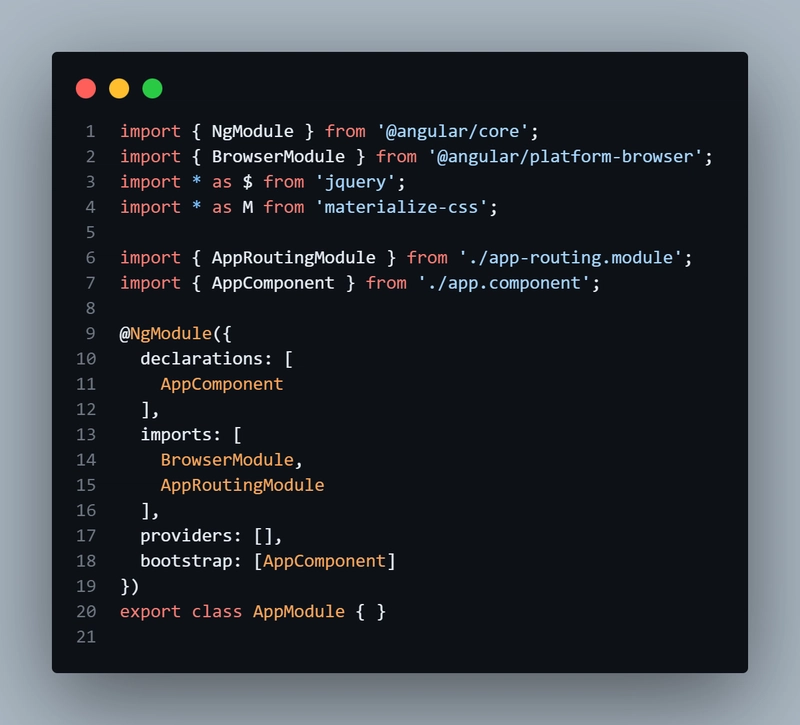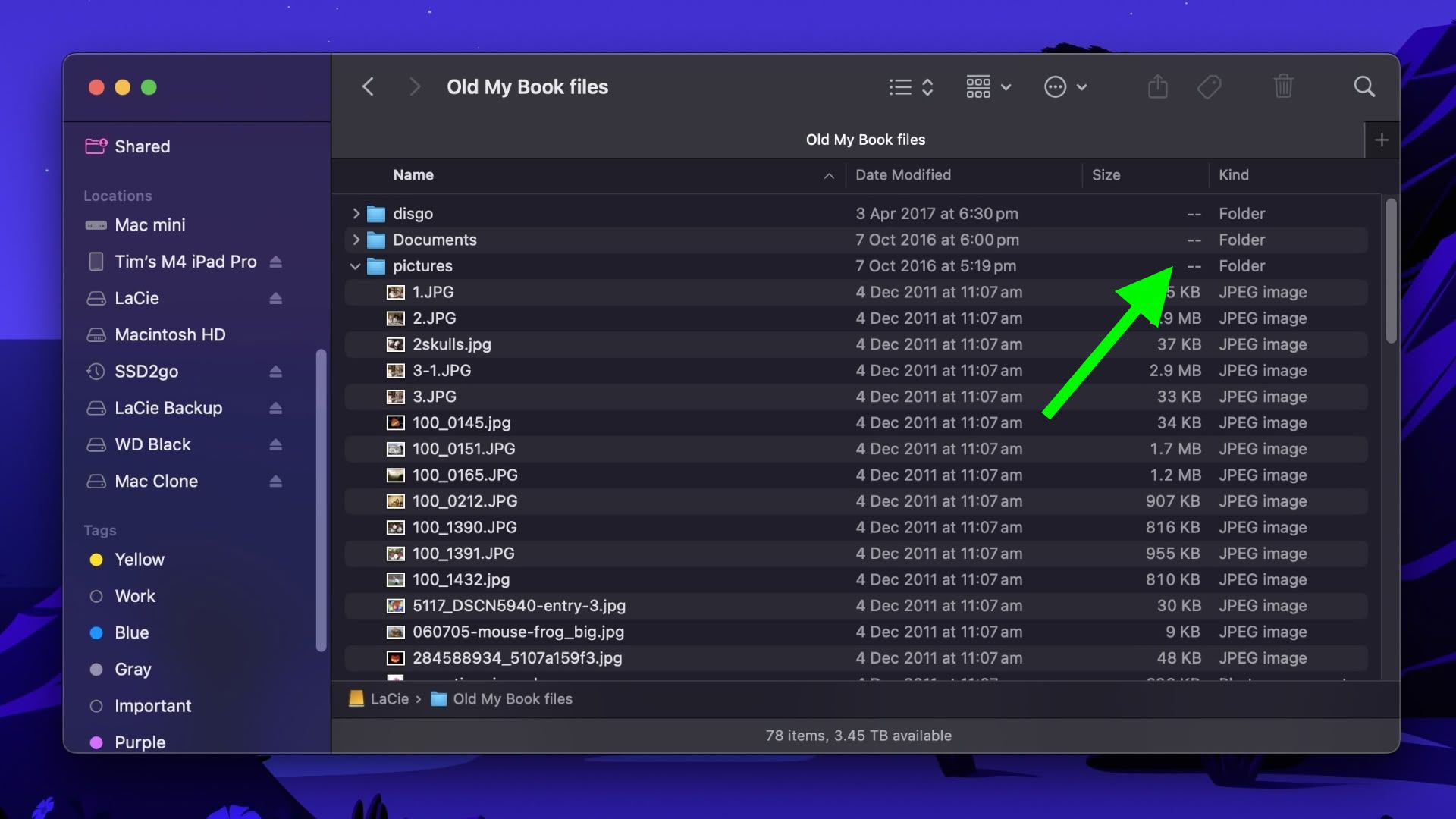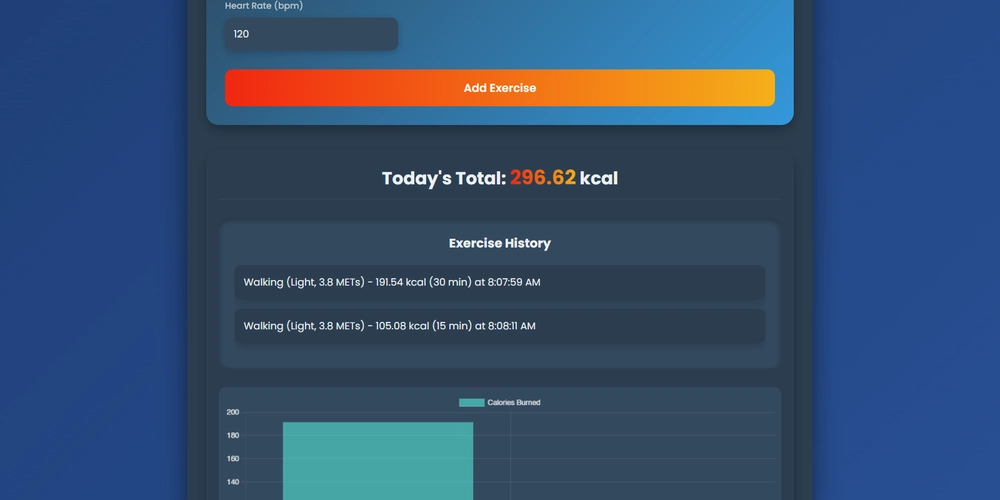AWS Step Function Limitations and How to Overcome Them
AWS Step Functions is one of the best serverless cloud services for orchestration. It is user-friendly, easy to adopt, and integrates seamlessly with numerous AWS services. However, like any tool, it has its limitations. This article highlights some common challenges and practical workarounds... 1. Payload Size Limitation When using services like AWS DMS, retrieving associated tasks for a replication instance via DescribeReplicationTasks can result in a payload exceeding the 256 KB limit, leading to errors or incomplete data handling. Workaround: Use AWS Lambda to preprocess or transform large datasets before passing them to the Step Function. Alternatively, store large payloads in Amazon S3 or DynamoDB, and pass a reference (e.g., an S3 URL) instead. 2. No Native Retry for Express Workflows Express Workflows lack the robust retry and error-handling mechanisms available in Standard Workflows, making them less resilient to transient failures. Workaround: Combine CloudWatch metrics with an external monitoring or alerting system to detect and handle failures. Additionally, design your application logic to retry failed tasks as needed. 3. Limited Monitoring While Step Functions offer basic CloudWatch metrics, they lack fine-grained debugging capabilities, such as detailed logs for every state transition. Workaround: Enable detailed logging by sending execution history to CloudWatch Logs. This allows you to monitor workflow behavior, debug issues, and analyze execution history in depth. 4. Choice Workflow State When handling pagination in workflows, you might encounter a situation where the marker value is null. In such cases, it's crucial to evaluate the IsNull condition first, followed by the NotNull condition. The order ensures correct behavior. { "Variable": "$.possiblyNullValue", "IsNull": true } This blog from AWS specifies all the necessary choice state that we can leverage. https://docs.aws.amazon.com/step-functions/latest/dg/state-choice.html#amazon-states-language-choice-state-rules AWS Step Functions remains a powerful orchestration tool with extensive integrations and scalability. By understanding its constraints and implementing these workarounds, you can design robust and efficient workflows that meet your application needs. Thanks for your time! — Harsha

AWS Step Functions is one of the best serverless cloud services for orchestration. It is user-friendly, easy to adopt, and integrates seamlessly with numerous AWS services. However, like any tool, it has its limitations. This article highlights some common challenges and practical workarounds...
1. Payload Size Limitation
When using services like AWS DMS, retrieving associated tasks for a replication instance via DescribeReplicationTasks can result in a payload exceeding the 256 KB limit, leading to errors or incomplete data handling.
Workaround:
Use AWS Lambda to preprocess or transform large datasets before passing them to the Step Function. Alternatively, store large payloads in Amazon S3 or DynamoDB, and pass a reference (e.g., an S3 URL) instead.
2. No Native Retry for Express Workflows
Express Workflows lack the robust retry and error-handling mechanisms available in Standard Workflows, making them less resilient to transient failures.
Workaround:
Combine CloudWatch metrics with an external monitoring or alerting system to detect and handle failures. Additionally, design your application logic to retry failed tasks as needed.
3. Limited Monitoring
While Step Functions offer basic CloudWatch metrics, they lack fine-grained debugging capabilities, such as detailed logs for every state transition.
Workaround:
Enable detailed logging by sending execution history to CloudWatch Logs. This allows you to monitor workflow behavior, debug issues, and analyze execution history in depth.
4. Choice Workflow State
When handling pagination in workflows, you might encounter a situation where the marker value is null. In such cases, it's crucial to evaluate the IsNull condition first, followed by the NotNull condition. The order ensures correct behavior.
{
"Variable": "$.possiblyNullValue",
"IsNull": true
}
This blog from AWS specifies all the necessary choice state that we can leverage. https://docs.aws.amazon.com/step-functions/latest/dg/state-choice.html#amazon-states-language-choice-state-rules
AWS Step Functions remains a powerful orchestration tool with extensive integrations and scalability. By understanding its constraints and implementing these workarounds, you can design robust and efficient workflows that meet your application needs. Thanks for your time!
— Harsha









































































































































































![[The AI Show Episode 144]: ChatGPT’s New Memory, Shopify CEO’s Leaked “AI First” Memo, Google Cloud Next Releases, o3 and o4-mini Coming Soon & Llama 4’s Rocky Launch](https://www.marketingaiinstitute.com/hubfs/ep%20144%20cover.png)


































































































































































































![Blue Archive tier list [April 2025]](https://media.pocketgamer.com/artwork/na-33404-1636469504/blue-archive-screenshot-2.jpg?#)































.png?#)









.png?width=1920&height=1920&fit=bounds&quality=70&format=jpg&auto=webp#)




























.webp?#)






















































































![PSA: It’s not just you, Spotify is down [U: Fixed]](https://i0.wp.com/9to5mac.com/wp-content/uploads/sites/6/2023/06/spotify-logo-2.jpg?resize=1200%2C628&quality=82&strip=all&ssl=1)



![[Update: Optional] Google rolling out auto-restart security feature to Android](https://i0.wp.com/9to5google.com/wp-content/uploads/sites/4/2025/01/google-play-services-2.jpg?resize=1200%2C628&quality=82&strip=all&ssl=1)













![Apple Vision 'Air' Headset May Feature Titanium and iPhone 5-Era Black Finish [Rumor]](https://www.iclarified.com/images/news/97040/97040/97040-640.jpg)


![Apple to Split Enterprise and Western Europe Roles as VP Exits [Report]](https://www.iclarified.com/images/news/97032/97032/97032-640.jpg)






































































































































